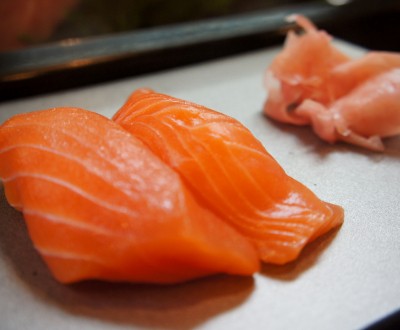Japanese Food
Sushi, Ramen, Tempura, Yakitori, Soba
Most of the time in western countries, Japanese cooking somehow comes down to sushi only. Surprisingly, France, for example, is the second largest consumer of sushi in the world, as it is home to numerous Japanese restaurants.
If Japanese people are obviously the biggest consumers of raw fish in the world, their diet is not limited to sushi. Japanese cuisine shows, on the contrary, a large variety of meals and tastes and while it does not fear the comparison to other cuisines of the world, it is also rewarded with many stars by the most prestigious restaurants guides every year.
What do the Japanese eat every day?
As a starter, we listed some of the most traditional and popular dishes that can be easily discovered during a travel in Japan:
- Udon and soba: Japanese noodles made from wheat or buckwheat flour, the most consumed staple foods in the country, along with rice;
- Ramen: a bowl of hot noodles served in a savory broth and topped with algae, tofu, egg, fine slices of meat or shellfish;
- Tempura: vegetables, meat, fish or shellfish dipped in batter, breaded and fried in oil;
- Yakitori: skewered chicken meat and vegetables, marinated or plain, grilled and served as an appetizer;
- Nabe and oden: Japanese hot pot served in restaurants or to take away at the konbini, with a choice among various ingredients (fish, tofu, konjak) simmered in a dashi broth;
- Senbei: rice cracker covered with a sweet and salty soy sauce;
- Mochi: Japanese confectionary made of glutinous rice and flavored according to the seasons (green tea, sakura, strawberry, azuki sweet red beans), that can be served on a plate, or as skewered dango;
- Yokan: sweet azuki red been paste and agar jelly;
- Dorayaki: small pancake filled with azuki red bean paste or sweet potato.
Get ready to be curious and hungry while diving with pleasure into the whole range of Japanese cuisine, from sweet to savory, without forgetting the unique "umami" taste.

